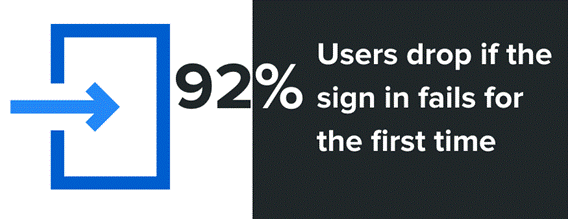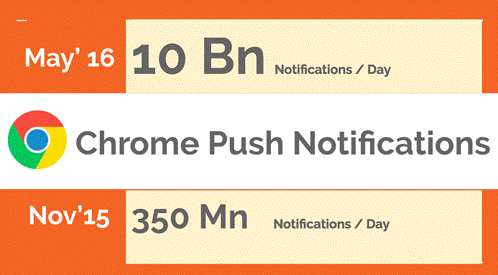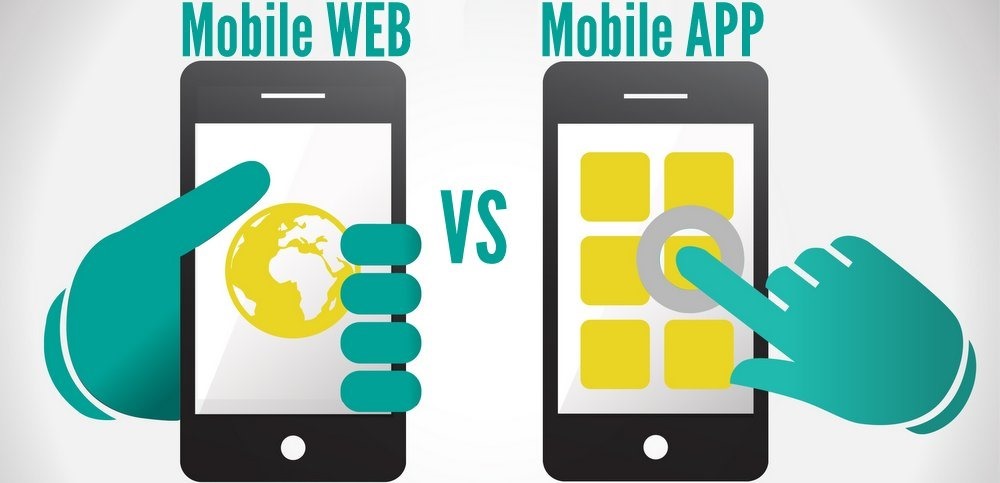Mobile Web vs Mobile App – The War Begins!
Contents
The Android vs iOS war is long over. The end user has won.
But the fight between the mobile web browser and the app has just started. Mobile Web, with over a Billion users, is by far the most accessible platform globally. Adoption of discovery platforms is fundamentally driven by 4 very basic factors. These include their ease of discovery, ridiculously low friction, universal reach and decentralised development.

Both, AppStore and Google Play need to address the first two factors, before they start competing for user’s mind space. The Mobile Web is a default incumbent.

Given the stupendous mobile adoption, mobile web has had a default edge.


But it has had its own set of challenges, starting with screen size, smaller-keyboards-triggering-typos creating sluggish sub-optimal experiences. Mobile Web experience was created as an extension of Desktop web. Instead it needed a scratch up re-thinking.
Until the introduction of progressive web apps.
Progressive Web Apps have been around for a while. Flipkart rolled out their app in Chrome Dev Summit last year. The Web App experience has been transformed and with the latest announcements at Google IO, the lines between App and web have started to blur. The ideal user experience, irrespective of mode of consumption being Native App or Web App, is build on top of 4 key pillars
- Speed
- Engage
- Convert
- Retain
Chrome, over the past 6 months has introduced some key initiatives, to upgrade performance and enhance on user experience. Here are the key highlights:-
AMP- Accelerate Mobile Pages Project: Building Lightning Fast Experiences

AMP or Accelerated Mobile Pages Project now allows developers to build lightening fast pages. The underlying premise is very simple – Back discovery with frictionless accessibility. Simply said – Websites that load fast. The AMP project allows developers to build pages that can load in less than a second. Leading publishers globally are already leveraging the power of AMP to deliver content at rocket speeds. These include the likes of Guardian and Washington Post.
Progressive Web Apps: Leveraging Service Workers
The idea of delivering a native experience on the browser has always excited developers. With the introduction of Service Worker with Chrome 42 in mid 2015, developers now have the ability to create compelling experiences – starting from offline browsing ( leveraging client side caching ). Right from full screen experience to web app icons on home screen, developers can create compelling products for users – supporting even offline browsing.
Convert

User journeys on mobile are often plagued by multiple drop off points. These are either due to long forms or sign in processes. Starting Chrome 51, the new API’s are being introduced:
– Credential Management API: Developers can now directly start using browser credentials to get access to user’s profile and log them in. This, I believe would be a game changer in the way people access and consume products and services on the internet. Signin / Signup have always been looked upon as entry barriers. One Click Sign In will further level the ground for marketers and developers
– Web Payment API: One of the most powerful API’s of recent times, allowing users to save credit card and personal details in the browser directly and transacting with just one tap on mobile web. We believe that this will have a drastic impact on payment failure reducing abandoned carts.
Retain:

Push based messaging / communication channel have been limited to either Email, SMS or App Notifications. Email and SMS is limited by its reach and user response and App Notifications are limited by problems of app development, discovery and user acquisition.
Web push notifications introduced with Chrome 42 have been around for a year and have seen a tremendous adoption. Number of notifications being sent on daily basis has rocketed up by 2000% hitting 10Bn notifications on a per day basis. Marketers, publishers, advertisers – everyone has been using push notifications to re-define user engagement scratch up.
Backed by these 4 enhanced capabilities, developers and marketers can start re-defining user experience for end users, right in the mobile browser. The early adoption by some of the leaders globally clearly show how embracing these updates and putting the user experience right in the center, can help you scale your business – with in the browser.
Some of early adopters such as Limeroad, Trak.in, American Express are already exploring new use cases and driving impact in terms on repeat traffic, sales and lead generation.
About the Author: Vivek Khandelwal is Founder of Datability Solutions focused on building iZooto – a user engagement and retention platform. Apart from writng and research, Vivek is an avid cyclist and can be often spotted early mornings riding solo on empty stretches in Lutyens area in the capital.


Cool article!
Trak – why don’t you do an article on the fact that apps SPY on you? Or at least they’re CAPABLE of?